Choosing the Best Memory Card for Your Phone
Memory chips are the unsung heroes of modern electronics, silently storing and retrieving data in devices ranging from smartphones to supercomputers. Understanding the various types of memory chips is crucial for anyone interested in technology. In this article, we'll explore the three main types of memory chips and their roles in powering our digital world.
1. RAM (Random Access Memory):
RAM is like a short-term memory for electronic devices, providing fast access to data that the CPU needs to operate quickly. It's volatile, meaning it loses its data when the power is turned off. There are two primary types of RAM:
DRAM (Dynamic RAM): DRAM stores data in tiny capacitors that need to be constantly refreshed to maintain their charge. It's widely used as system memory in computers and mobile devices due to its high density and relatively low cost.
SRAM (Static RAM): SRAM uses flip-flop circuits to store data, which doesn't need to be refreshed like DRAM. Although faster and more power-efficient than DRAM, SRAM is more expensive and typically used in cache memory and specialized applications.
2. ROM (Read-Only Memory):
ROM is non-volatile memory, meaning it retains its data even when the power is turned off. Unlike RAM, which allows data to be written and rewritten, ROM's data is typically pre-programmed during manufacturing and cannot be altered by the user. There are several types of ROM:
EPROM (Erasable Programmable Read-Only Memory): EPROM can be programmed and erased using ultraviolet light. It's commonly used for firmware and BIOS in electronic devices.
EEPROM (Electrically Erasable Programmable Read-Only Memory): EEPROM can be electrically erased and reprogrammed, allowing for more flexibility than EPROM. It's used for applications requiring frequent updates, such as storing configuration settings in consumer electronics.
Flash Memory: Flash memory is a type of EEPROM that can be electrically erased and reprogrammed in blocks instead of one byte at a time. It's widely used in USB drives, memory cards, and solid-state drives (SSDs) due to its high storage density and fast read/write speeds.
3. NAND and NOR Flash Memory:
NAND and NOR flash memory are specialized types of non-volatile memory used primarily for data storage. They're organized into arrays of memory cells, with NAND flash offering high-density, cost-effective storage and NOR flash providing faster read times and direct access to individual memory cells.
Conclusion:
In summary, memory chips are indispensable components in electronic devices, enabling them to store and access data efficiently. Understanding the different types of memory chips—RAM, ROM, and flash memory—provides insight into how data is managed and processed in the digital world. Visit www.icchipmall.com to explore a wide range of memory chips and other electronic components for your projects and applications.

















